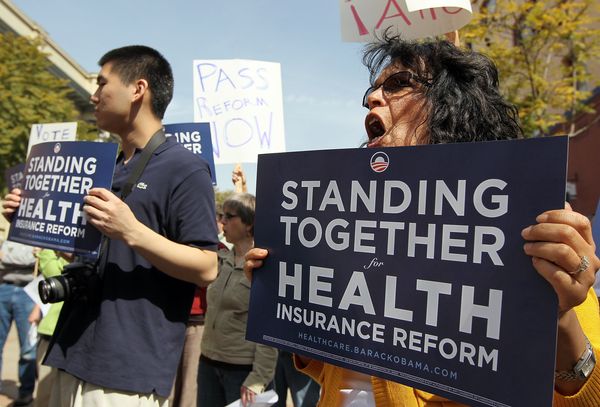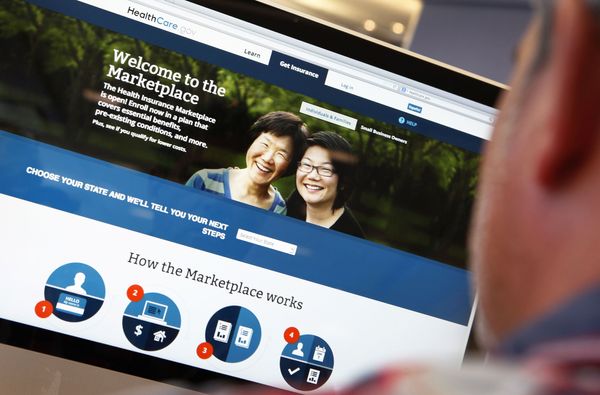Let's get this out of the way: Shopping for health insurance could hardly be considered the top of anyone's list of favorite activities. It's more often likened to the misery of a root canal without anesthesia, a blind date with a man who gets salad dressing all over his face, or that dream where you have to give a presentation but you've forgotten both your notes and your clothing. Shopping for shoes, books and private yachts is fun; shopping for health insurance is not.
But don't despair. The good news about shopping for health insurance is that it's getting much, much easier. And while we can't promise that investigating premiums and comparing networks of doctors will ever be as much fun as a barrel full of monkeys, we can say that putting in the work of buying insurance is far preferable to dealing with sky-high medical bills. It's also a task worth getting used to; in 2014, carrying health insurance becomes a requirement, thanks to the Affordable Care Act. At that point, though, there will be exchanges set up where you can do one-stop comparison shopping. Until then, the process will take a few more steps, which we'll walk through in this article.
Advertisement
Now, let me show you something that will prove just how easy shopping for health insurance has become, a trick that will no doubt compel you to read further. When using the Google search engine, I learn that "buy health insurance" yields more than 35 million results. That's enough to make you retire the dream of getting health coverage. However, by completing another search on a different site, I find that for a person like me, living in Atlanta, Ga., there are precisely 47 private insurance plans operating in my area, in addition to a handful of federal and state programs. Suddenly, choosing a health insurance plan doesn't seem so daunting. Want to know the secret of my searching success? It's on the next page.
Advertisement






